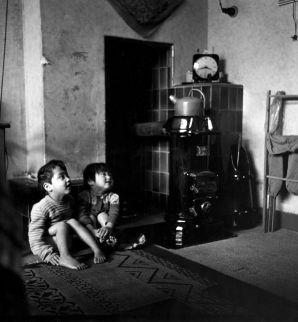When any child has health, behavioral, developmental, or learning issues, it becomes an issue for the family and their support group. Many professionals help families through these times. When children are diagnosed with Mental retardation, normally the primary care physician is the first professional families consult, as they commonly are the same professionals that identify and label the child with mental retardation (Drew, 2003).
As the family begins on the process of deciding what actions to take in order to best fit their child, it is important for them to understand the definitions of mental retardation, disciplines for helping those with mental retardation, and a greater understanding of the risk factors associated with mental retardation. It is important to find services for those with mental retardation.
As a child starts through the process of being identified as a person with mental retardation, they will often encounter assessments. There are two basic types of assessments: norm-referenced assessment and criterion-referenced assessment (Drew, 2003). The norm-reference scale is commonly used for diagnosis through things, like the IQ test. This kind of test is based on a comparison of the individual’s score and their deviation from a standard or normal score (Drew, 2003). A child that is found to have an IQ between fifty-five and seventy-one is considered to have Mild Mental Retardation . This normally means that the child will need minimal supports and can eventually have an independent lifestyle. A child who scores between forty and fifty-four on their IQ is considered to have Moderate Mental Retardation and is trainable but will need supervision for the rest of their lives. A child who scores between twenty-five and thirty-nine on their IQ is considered to have Severe Mental Retardation and will need extensive support but training may be possible. A child who scores below twenty-five on their IQ is considered to have Profound Mental Retardation and will likely not be trainable and need constant support throughout their life. Although these tests do give us an idea of where a child’s intelligence might be, the label does not fully encompass the child’s abilities. Our society is a label filled society, but parents and providers need to look at the bigger picture to see the uniqueness of the child.
Another way to assess the child is through evaluating the child’s abilities and needs without the focus on referencing the standardized norm. Often professionals use criterion-reference assessments for a child once they start therapies and school. These tests are used to determine the child’s present level of abilities by looking at what skills they have accomplished and what skills they should next accomplish. This often helps the professionals decide where to start helping the child with Mental Retardation toward achieving their next steps (Drew, 2003). It is also important to consider the limitations of the child, the strengths that the child has, if the child’s assessment considered cultural and linguistic diversity, what supports the child needs, and how these supports can help the child to succeed. A child can truly benefit from finding a program that is right for them according to their needs and abilities.
References
Drew, C. J., & Hardman, M. L. (2003). Mental retardation: A life cycle approach (8th ed.). Upper Saddle River, NJ: Merrill.
